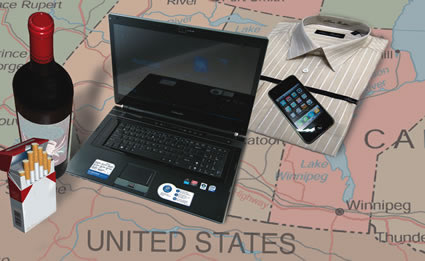Cross with no concern
International borders can be tricky but follow these rules and you’re golden

Soon it will be that time of year, the time when you must decide whether to stay in the frigid part of North America, or to hook up your RV (or gas up your motorhome) and head south to a warmer climate.
Before you go, here are a few points you should consider.
- Most important is how to cross the border since the Western Hemisphere Travel Initiative (WHTI) went into effect in June of 2009. Briefly, here is what it says: Canadian citizens need a valid passport, provincial enhanced driver’s licence (available in Manitoba, Quebec, British Columbia or Ontario), or a valid trusted travel program card (FAST or Nexus).
- Canadian citizens can stay in the United States for up to 180 days without being subject to U.S. taxes or loss of their Canadian health care insurance.
- Canadian citizens can serve as volunteers at state parks or other U.S. government facilities (refuges, national parks, Bureau of Land Management sites), providing (1) they do not accept any money for their services and (2) they do not declare at the border crossing that they are travelling to the United States to “work” as volunteers. The “work” word is a no-no!
- Canadian citizens can bring as much money into the United States as they want—the more the better as far as U.S. merchants are concerned. However, if the amount exceeds $10,000, this must be declared at the border crossing. Failure to do so may be painful, for if not declared, the money will be seized by the border control agents if discovered.








